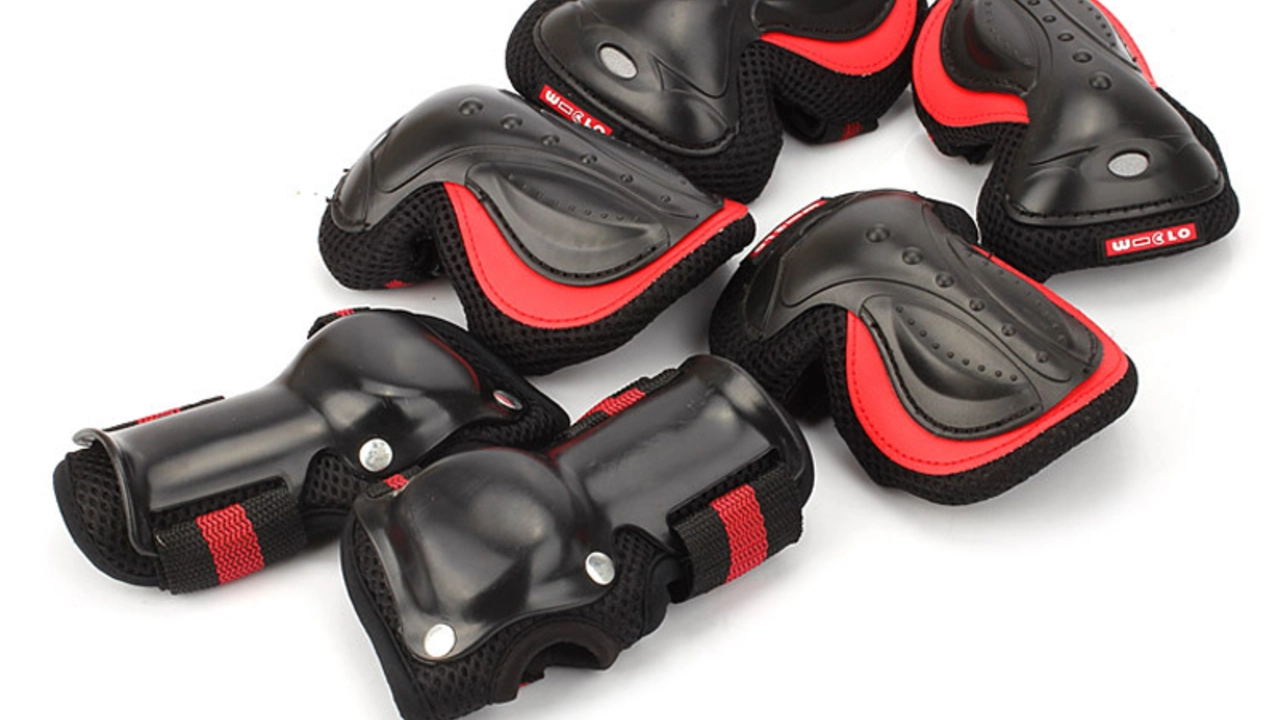Do Soccer Players Wear Cups? – Sports and Fitness
You've probably seen a baseball player or a rugby star with a hard cup tucked in. But what about soccer? The short answer: most players don’t, but there are exceptions. Let’s break down why the cup isn’t a standard piece of football gear and when you might still see one on the field.
Why Cups Matter in Contact Sports
In sports like hockey, rugby, or American football, the impact on the groin area can be massive. A hard hit or a collision can cause serious injury, so a protective cup becomes essential. Those sports have a lot of deliberate body contact, and the rules even require certain protective equipment. The cup’s job is simple: absorb shock and keep the soft tissue safe.
Soccer, on the other hand, is built around footwork, speed, and ball control. While there are tackles and occasional bumps, the amount of direct groin impact is far lower. Players spend most of the match sprinting, dribbling, and making quick turns. Adding a cup could hinder that fluid motion, making it harder to pivot or kick cleanly. That trade‑off is why most footballers skip the cup.
What Soccer Players Actually Do
Even though a cup isn’t common, it’s not forbidden. Some players, especially those who play in more physical leagues or who have had previous injuries, choose to wear one for peace of mind. They might pick a thin, flexible cup that fits under the shorts without feeling bulky.
Personal preference plays a big role. If a player feels safer with a cup, that confidence can improve performance. Conversely, if the gear feels restrictive, it can distract and reduce speed. Many clubs let players decide for themselves, as long as the equipment meets safety standards.
Another factor is the type of training. During intense drills that involve a lot of body contact—like small‑sided games or defensive drills—some coaches recommend a cup. In regular matches, the need drops dramatically.
So, should you buy a cup if you play soccer? Ask yourself how aggressive your playing style is. If you’re a defensive midfielder who often gets tangled in the middle, a low‑profile cup could be worth trying. If you’re a winger who relies on quick cuts, you might find the extra protection unnecessary.
Bottom line: soccer players don’t typically wear cups, but they’re not banned. It boils down to comfort, injury history, and personal confidence. If you opt for a cup, choose one designed for soccer—thin, flexible, and easy to hide under your kit.
Remember, the best protection is a mix of smart gear and smart play. Keep your technique clean, avoid risky tackles, and use the equipment that feels right for you. That way you stay safe without sacrificing the freedom that makes soccer so fun.
